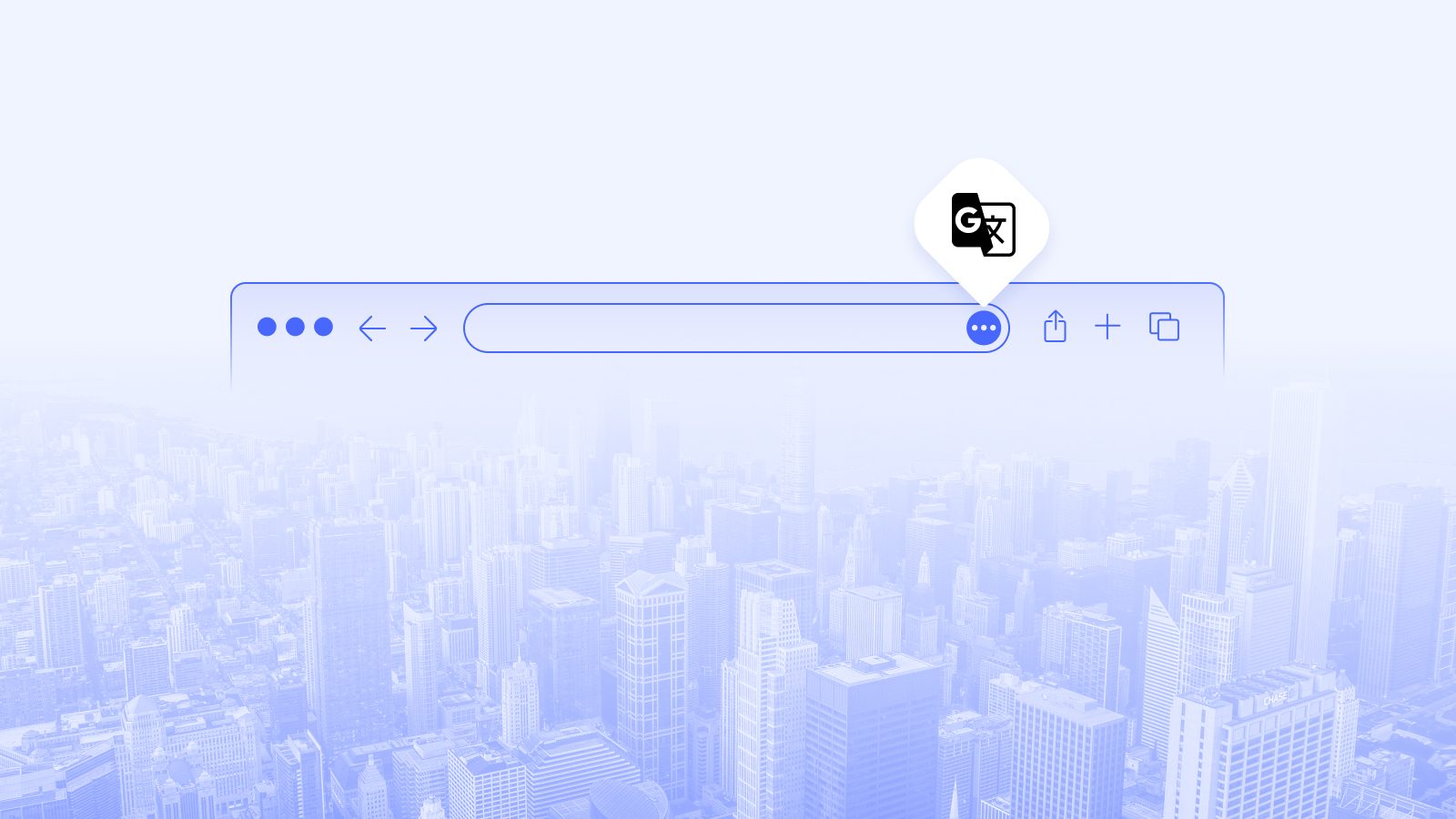Businesses often require translating their website content into multiple languages. This is especially for those expanding into the international market, where its audience speak different languages. One popular solution businesses many consider is Google Translate. But is it the best choice for your website? We explore the advantages and limitations of using Google Translate for translating your website.
The Advantages
- Cost-Effective Solution
Google Translate is free, making it an attractive option for small businesses and startups with limited budgets. The service allows you to translate content without the need for hiring professional translators or investing in expensive translation software. - Speed and Convenience
Google Translate provides instant translations, allowing you to quickly convert your content into multiple languages. This is particularly useful for websites that need to update content frequently, such as news sites or blogs. - User-Friendly Interface
Integrating Google Translate into your website is relatively straightforward. With the its widget, you can offer visitors the ability to translate your site into their preferred language with a single click. - Broad Language Support
Google Translate supports over 100 languages, enabling you to reach a vast global audience. This extensive language coverage can be beneficial for businesses targeting diverse markets.
The Limitations
- Accuracy Issues
While Google Translate has made significant advancements, it is still not as accurate as human translation. Automated translations can result in awkward phrasing, grammatical errors, and misinterpretations of context. This can affect the professionalism and credibility of your website. - Lack of Cultural Nuances
Effective translation involves more than converting words from one language to another; it requires an understanding of cultural nuances and context. It often fails to capture these subtleties, which can lead to content that is culturally insensitive or irrelevant. - SEO Considerations
Google Translate does not optimize translated content for search engines. This means that the translated pages may not rank well in search engine results, limiting your website’s visibility in international markets. Professional translators can ensure that the translated content is SEO-friendly. - Inconsistent Quality
The quality of translations can vary significantly depending on the language pair and the complexity of the content. For technical, legal, or highly specialized content, the risk of errors is higher, which can have serious consequences for your business. - Lack of Personalization
Human translators can tailor translations to your specific brand voice and style, ensuring consistency across all languages. Google Translate provides a generic translation that may not align with your brand’s identity.
When to Use Google Translate
Despite the limitations, it can be useful in certain scenarios:
- For Personal Use: When you need a quick translation for personal understanding, it comes as a handy tool.
- For Initial Translation: It can provide a rough draft that a human translator can refine and polish.
- For Low-Stakes Content: For content where absolute accuracy is not critical, such as informal blog posts or user-generated content, it may be sufficient.
Alternatives to Google Translate
If accuracy and cultural relevance are crucial, consider these alternatives:
- Professional Translation Services: Hiring professional translators ensures high-quality, accurate translations tailored to your brand’s voice and cultural context. Auris AI offers professional translation services, especially for businesses looking into expanding into the Southeast Asian and Japanese markets.
- Translation Management Software: Tools like SDL Trados, MemoQ, or Smartling offer advanced features for managing and optimizing translations. This works as a cheaper option, while being more accurate than Google Translate.
- Bilingual Staff: Employing bilingual team members who understand your industry can provide reliable translations and maintain consistency in communication.
Phần kết luận
While Google Translate offers a quick and cost-effective solution for translating website content, it is not without its drawbacks. For businesses where accuracy, cultural relevance, and SEO are important, relying solely on it may not be the best approach. Evaluating the specific needs of your website and considering professional translation services or other alternatives can help ensure your content resonates with a global audience.
By understanding the strengths and limitations of Google Translate, you can make an informed decision that aligns with your business goals and enhances your international reach.






